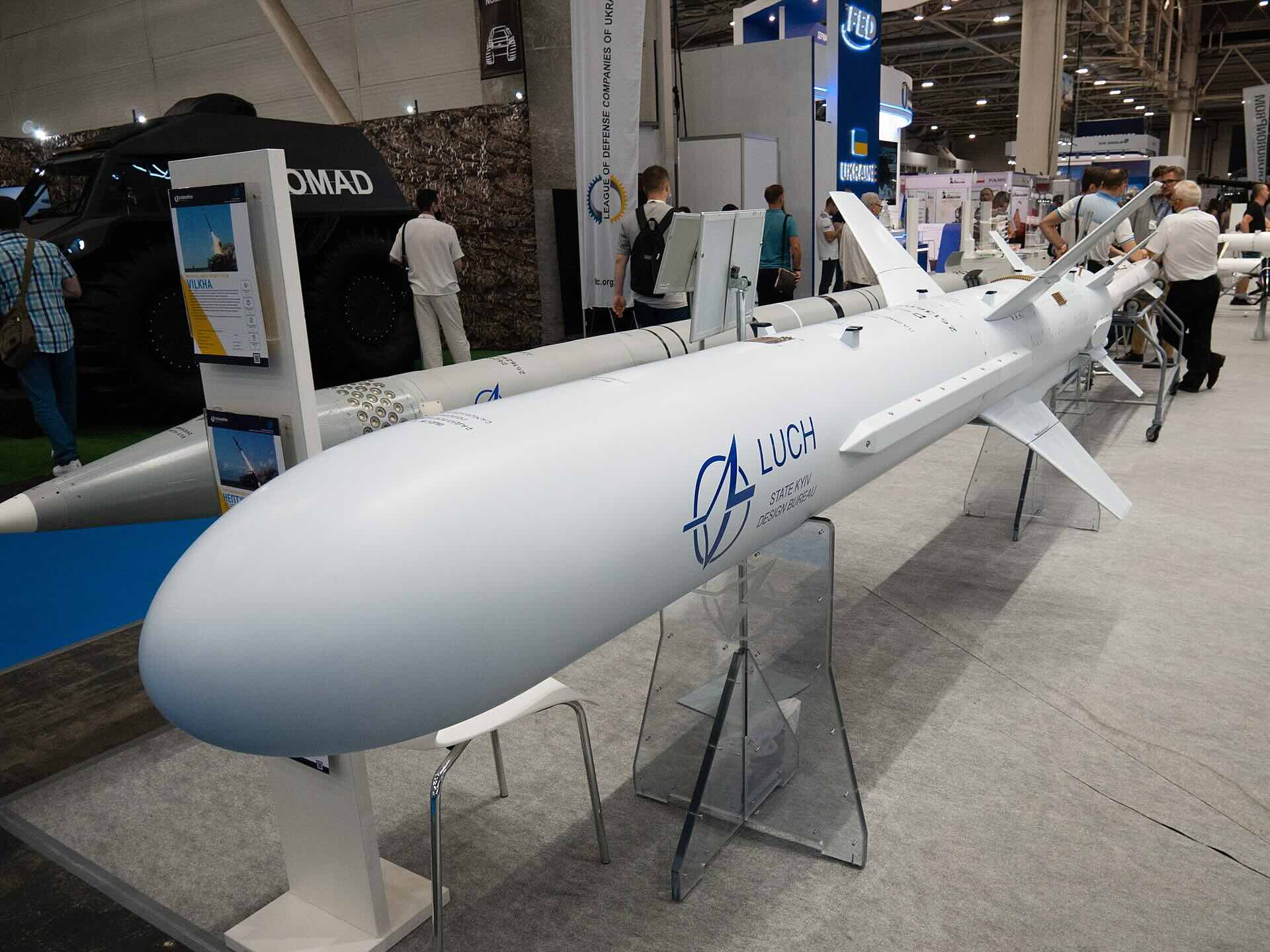


Sheskharis is one of the largest oil handling complexes in southern Russia, used for loading crude and oil products for export. Ukrainian officials say the terminal plays a role in supporting Russian forces engaged in the war in Ukraine.
The strike formed part of a wider operation which also targeted energy infrastructure deeper inside Russia. The General Staff said a separate long-range attack struck the Saratov Oil Refinery in Saratov region, confirming explosions and fires at the site. The refinery is described by Ukrainian officials as contributing to the logistical support of Russian troops. A further strike was reported on facilities belonging to the Kombinat Kristall fuel and lubricants storage enterprise near Engels, also in Saratov region, where explosions and subsequent fires were recorded. Battle damage assessments at both sites are ongoing, according to the Ukrainian side.
Earlier in the day, President Volodymyr Zelenskyy said Ukraine had successfully used a long-range modification of the R-360 Neptune cruise missile, known domestically as “Long Neptune”, against targets on Russian territory. He said the missile had already passed testing and combat use at ranges of up to 1,000 kilometres, positioning it as a domestically produced option for deep strikes at a time when Western-supplied systems are subject to various restrictions.
Ukraine’s navy subsequently released video footage appearing to show the launch of Neptune missiles during the latest operation. Ukrainian media, citing a source in the Security Service of Ukraine (SBU), reported that the attack on Novorossiysk — described as Russia’s second-largest oil export hub — was conducted jointly by the SBU, the Defence Intelligence directorate (HUR), Special Operations Forces, the State Border Guard Service, coastal missile and artillery units of the navy, and other elements of the Defence Forces.
International reporting suggests the strike had immediate effects on Russian energy exports. Reuters, citing industry sources, said oil exports from the Black Sea port of Novorossiysk were temporarily suspended after the overnight attack, which damaged facilities at the Sheskharis terminal and a tanker at berth. The disruption affected an estimated 2–2.2 million barrels of oil per day, equivalent to roughly 2% of global supply, prompting a rise of more than 2% in Brent crude prices before gains were partially pared.
Novorossiysk is a key outlet not only for Russian crude but also for Kazakh oil exported via the Caspian Pipeline Consortium system, giving attacks on the port wider significance for regional energy flows. Previous incidents in 2022 and 2024 saw operations at oil terminals in Novorossiysk temporarily curtailed after suspected drone or missile attacks, reflecting the port’s vulnerability in the context of the wider Black Sea campaign.
The R-360 Neptune was originally developed by Ukraine’s Luch Design Bureau as a subsonic, land-based anti-ship cruise missile derived from the Soviet Kh-35 design. It entered service shortly before the full-scale invasion in 2022 and gained international attention in April that year, when it was credited by Ukraine with the sinking of the Russian Black Sea Fleet flagship Moskva. Since then, Ukrainian engineers are reported to have adapted the system for land-attack missions and extended its range, culminating in the “Long Neptune” variant now being used against targets inside Russia.
The latest operation comes amid an intensifying pattern of mutual strikes on critical infrastructure. Russia has continued large-scale missile and drone attacks against Ukraine’s power generation and transmission network, while Ukraine has increasingly targeted oil, logistics and air-defence assets on Russian territory and in occupied areas, framing these actions as aimed at reducing Russia’s ability to sustain offensive operations.